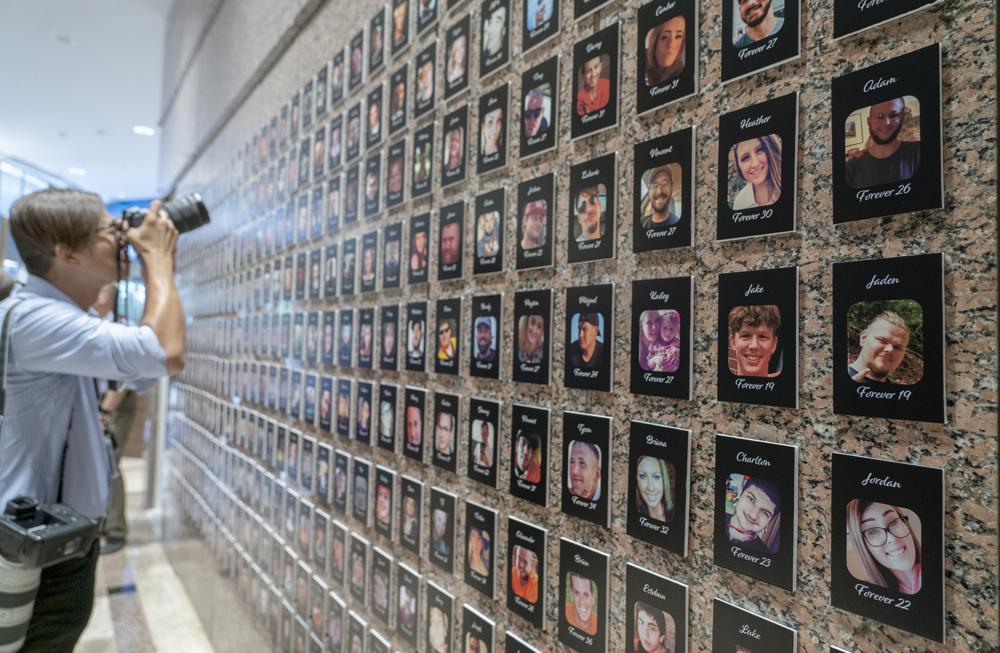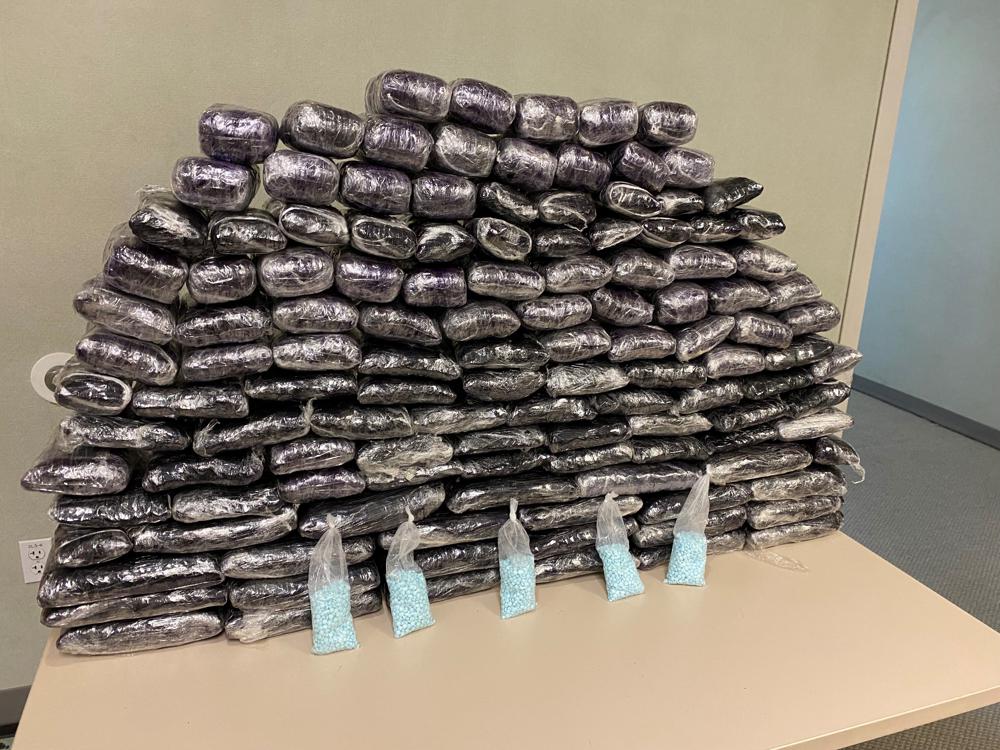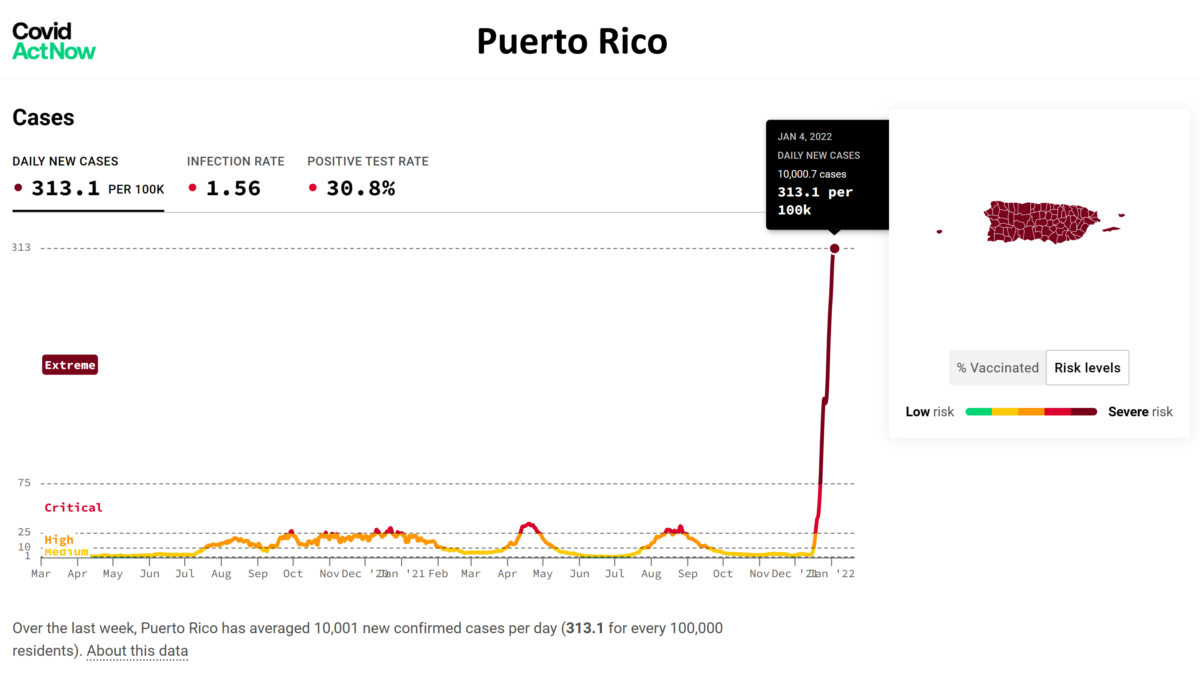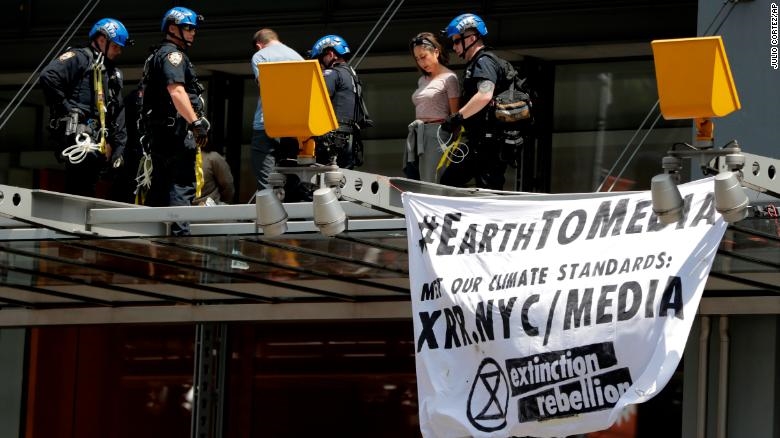As Halloween approaches and fentanyl drives overdose deaths, mistaken beliefs persist – “No one is trying to addict little kids to fentanyl”

By Geoff Mulvihill
28 October 2022
(AP News) – Lillianna Alfaro was a recent high school graduate raising a toddler and considering joining the Army when she and a friend bought what they thought was the anti-anxiety drug Xanax in December 2020.
The pills were fake and contained fentanyl, an opioid that can be 50 times as powerful as the same amount of heroin. It killed them both.
“Two years ago, I knew nothing about this,” said Holly Groelle, the mother of 19-year-old Alfaro, who lived in Appleton, Wisconsin. “I felt bad because it was something I could not have warned her about, because I didn’t know.”
The drug that killed her daughter was rare a decade ago, but fentanyl and other lab-produced synthetic opioids now are driving an overdose crisis deadlier than any the U.S. has ever seen. Last year, overdoses from all drugs claimed more than 100,000 lives for the first time, and the deaths this year have remained at nearly the same level — more than gun and auto deaths combined.

The federal government counted more accidental overdose deaths in 2021 alone than it did in the 20-year period from 1979 through 1998. Overdoses in recent years have been many times more frequent than they were during the black tar heroin epidemic that led President Richard Nixon to launch his War on Drugs, or during the cocaine crisis in the 1980s.
As fentanyl gains attention, mistaken beliefs persist about the drug, how it is trafficked and why so many people are dying.
Experts believe deaths surged not only because the drugs are so powerful, but also because fentanyl is laced into so many other illicit drugs, and not because of changes in how many people are using. In the late 2010s — the most recent period for which federal data is available — deaths were skyrocketing even as the number of people using opioids was dropping.
Advocates warn that some of the alarms being sounded by politicians and officials are wrong and potentially dangerous. Among those ideas: that tightening control of the U.S.-Mexico border would stop the flow of the drugs, though experts say the key to reining in the crisis is reducing drug demand; that fentanyl might turn up in kids’ trick-or-treat baskets this Halloween; and that merely touching the drug briefly can be fatal — something that researchers found untrue and that advocates worry can make first responders hesitate about giving lifesaving treatment.
All three ideas were brought up this month in an online video billed as a pre-Halloween public service announcement from a dozen Republican U.S. senators.

A report this year from a bipartisan federal commission found that fentanyl and similar drugs are being made mostly in labs in Mexico from chemicals shipped primarily from China.
In New England, fentanyl has largely replaced the supply of heroin. Across the country, it’s being laced into drugs such as cocaine and methamphetamine, sometimes with deadly results. And in cases like Alfaro’s, it’s being mixed in Mexico or the U.S. with other substances and pressed into pills meant to look like other drugs.
The U.S. Drug Enforcement Agency has warned that fentanyl is being sold in multicolored pills and powders — sometimes referred to as “rainbow fentanyl” — marketed on social media to teens and young adults.
Jon DeLena, the agency’s associate special agent in charge, said at the National Crime Prevention Council summit on fentanyl in Washington this month that there’s “no direct information that Halloween is specifically being targeted or young people are being targeted for Halloween,” but that hasn’t kept that idea from spreading.
Joel Best, an emeritus sociology professor at the University of Delaware, said that idea falls in with a long line of Halloween-related scares. He has examined cases since 1958 and has not found a single instance of a child dying because of something foreign put into Halloween candy — and few instances of that being done at all.
“If you give a dose of fentanyl to kids in elementary school, you have an excellent chance of killing them,” he said. “If you do addict them, what are you going to do, try to take their lunch money? No one is trying to addict little kids to fentanyl.”
In midterm election campaigns, fentanyl is not getting as much attention as issues such as inflation and abortion. But Republicans running for offices including governor and U.S. Senate in Arkansas, New Mexico and Pennsylvania have framed the fentanyl crisis as a result of Democrats being lax about securing the Mexican border or soft on crime as part of a broader campaign assertion that Democrats foster lawlessness.
And when Democrats highlight the overdose crisis in campaigns this year, it has often been to tout their roles in forging settlements to hold drugmakers and distributors responsible.

Relying heavily on catching fentanyl at the border would be futile, experts say, because it’s easy to move in small, hard-to-detect quantities.
“I don’t think that reducing the supply is going to be the answer because it’s so easy to mail,” said Adam Wandt, an assistant professor at John Jay College of Criminal Justice. […]
While some people killed by fentanyl have no idea they’re taking it, others, particularly those with opioid use disorder, know it is or could be in the mix. But they may not know how much is in their drugs.
That was the case for Susan Ousterman’s son Tyler Cordiero, who died at 24 in 2020 from a mixture that included fentanyl after years of using heroin and other opioids.
For nearly two years, Ousterman avoided going by the gas station near their home in Bensalem, Pennsylvania, where her son fatally overdosed. But in August, she went to leave two things there: naloxone, a drug used to reverse overdoses, and a poster advertising a hotline for people using drugs to call so the operator could call for help if they become unresponsive.
Ousterman is funneling her anger and sorrow into preventing other overdoses.
“Fentanyl is everywhere,” she said. “You don’t know what’s in an unregulated drug supply. You don’t know what you’re taking. You’re always taking the chance of dying every time.” [more]
As fentanyl drives overdose deaths, mistaken beliefs persist


